A peek inside the Hollywood & Vine TOD courtesy of the Urban Land Institute
On May 5th the Urban Land Institute (ULI) of Los Angeles hosted a tour and case study of the recently completed Hollywood & Vine Transit Oriented Development (TOD) project. Put on by the Young Leaders Group, the self-proclaimed “younger, hipper” faction of ULI (so hip, in fact, that some of the organizers actually took the train), the event brought together a wide group of real estate professionals, developers, architects and students all eager to learn how such a large and unique project came to be.
 There to explain the process were some of the people instrumental in making the $600 million joint development project a reality: Jeff Cohen and Scott Rynders of Gatehouse Capital; Scott Morrison, Ed Kirk and Tim O’Brien of Legacy Partners; Bill Roschen, LA Planning Commissioner and Principal of Roschen Van Cleve Architects. A true joint development, Gatehouse Capital and Legacy Partners shared development roles on the Metro owned parcel – with Gatehouse developing the W Hotel and Residences and Legacy responsible for the 1600 Vine Apartments.
There to explain the process were some of the people instrumental in making the $600 million joint development project a reality: Jeff Cohen and Scott Rynders of Gatehouse Capital; Scott Morrison, Ed Kirk and Tim O’Brien of Legacy Partners; Bill Roschen, LA Planning Commissioner and Principal of Roschen Van Cleve Architects. A true joint development, Gatehouse Capital and Legacy Partners shared development roles on the Metro owned parcel – with Gatehouse developing the W Hotel and Residences and Legacy responsible for the 1600 Vine Apartments.
The speakers talked about the complexities of bringing such a massive project to life – massive meaning 305 hotel rooms, 143 condos, 375 apartments and ground floor retail space, all of it spanning over 2 million square feet and built over the course of 30 months.
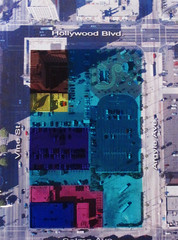
The parcel was originally split between six owners: Metro (light blue), Clark Trust (pink), HJT (dark blue), Shilling Trust (purple), KITRO (yellow) and the Taft Building (brown).
Architect and Planning Commissioner Bill Roschen said, “The complexity is unbelievable. The project is complex in policy, in design and in financing.”
Many of the challenges came from the joint development nature of the project which required the cooperation from disparate entities including the City of L.A., the Community Redevelopment Agency (CRA/LA), Metro, and the two development teams.
As Tim O’Brien, Senior Managing Director of Legacy Partners, put it, “This is probably the most monumental public/private partnership venture in the nation.”
The speakers emphasized that despite the complexities involved, the project simply would not have been possible without the joint participation of all the entities.
Also emphasized was the project’s role in the revival of Hollywood and, on a larger scale, the urban renewal of Los Angeles. Roschen noted that the world is changing – people want a return to urbansim – and this project represents that change. It’s mixed use, transit oriented and has an affordable housing component, all relatively new features to L.A. developments. But he also cautioned that it’s a change that L.A. is going to have to grow into.
In fact, this sentiment was echoed throughout the panel. Scott Morrison, V.P. of Operations at Legacy Partners, conceded that many of the residents at 1600 Vine – whose demographics tend toward the young and single – only discover the development’s proximity to Metro after they move in.
Livable Streets advocate Stephen Box was in attendance and expressed concern that, despite the overall positive vibe from the panel and attendees, the development does not live up to its transit oriented moniker. Box’s issues include a lack of good signage leading residents and guests to and from the Metro station, a lack of decent bicycle facilities and an overemphasis on parking and car culture in general. Case in point: in addition to the subway, the W Hotel also sits above two and a half levels of parking and offers a luxury branded car concierge to residents and guests.
Another guest in attendance, architect Stan Klemanowicz, noted that while the transit element may not be perfectly integrated, future development will create a transit destination out of Hollywood & Vine.
If destination and density are the most vital elements in transit oriented design then Klemanowicz may be right – Roschen noted that Hollywood is becoming a regional center where density is encouraged and the entire panel agreed that the Hollywood & Vine project is a landmark venture that will spur further redevelopment efforts in the area.
Here are some more photographs of the development:

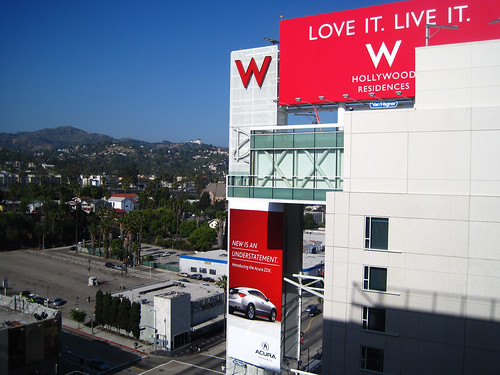
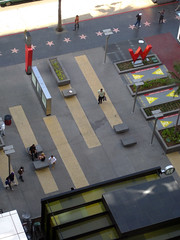
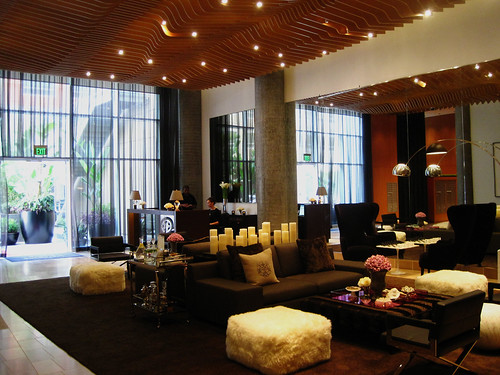
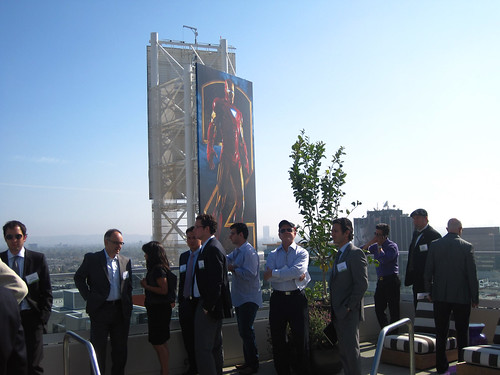
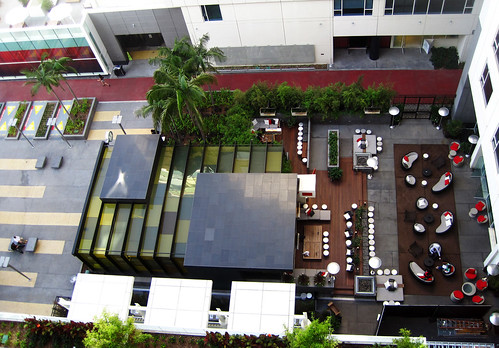
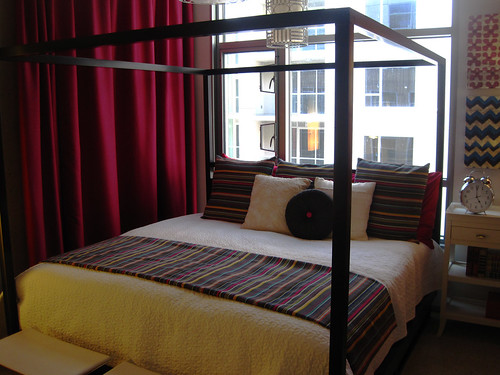
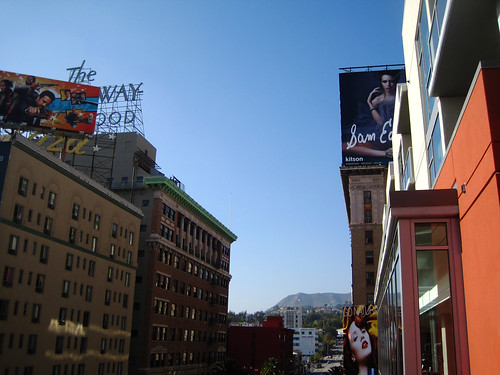
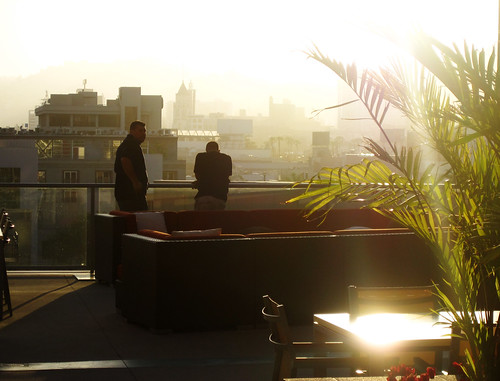
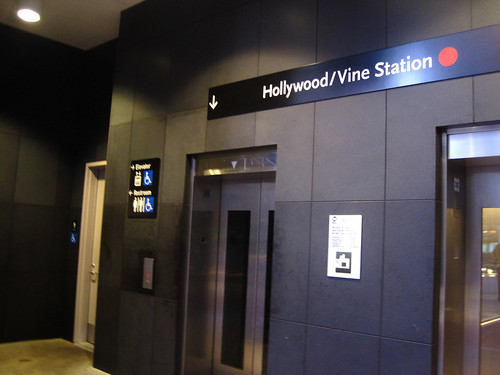

No comments:
Post a Comment